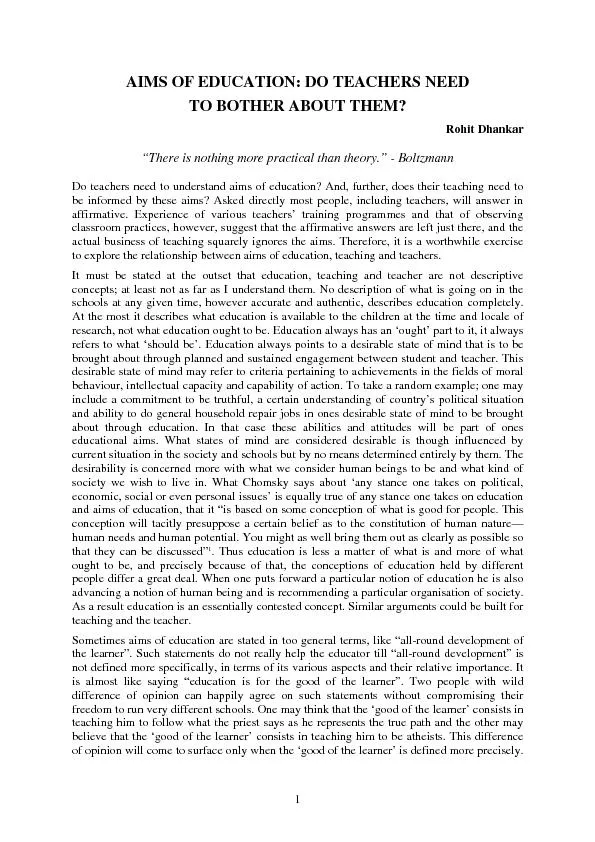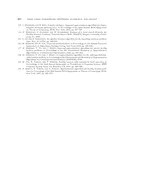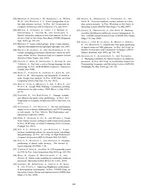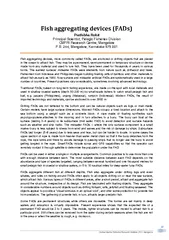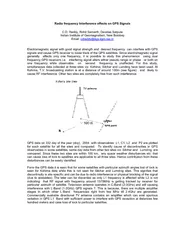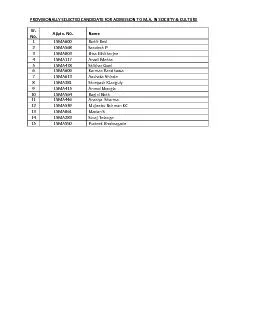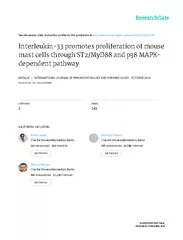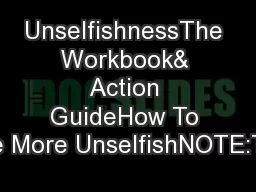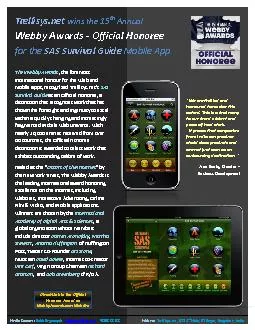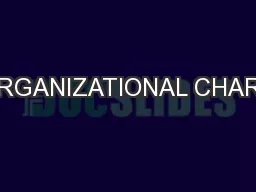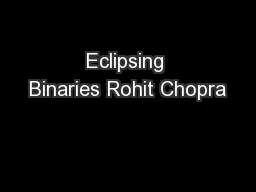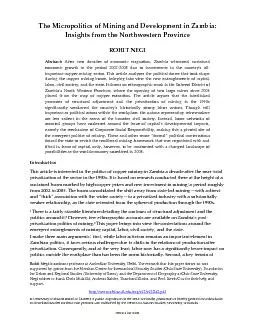PDF-Rohit Dhankar
Author : ellena-manuel | Published Date : 2016-05-09
Educating the whole child is one of the current slogans doing rounds in our educational circles Hutchins wrote in 1943
Presentation Embed Code
Download Presentation
Download Presentation The PPT/PDF document "Rohit Dhankar" is the property of its rightful owner. Permission is granted to download and print the materials on this website for personal, non-commercial use only, and to display it on your personal computer provided you do not modify the materials and that you retain all copyright notices contained in the materials. By downloading content from our website, you accept the terms of this agreement.
Rohit Dhankar: Transcript
Download Rules Of Document
"Rohit Dhankar"The content belongs to its owner. You may download and print it for personal use, without modification, and keep all copyright notices. By downloading, you agree to these terms.
Related Documents

